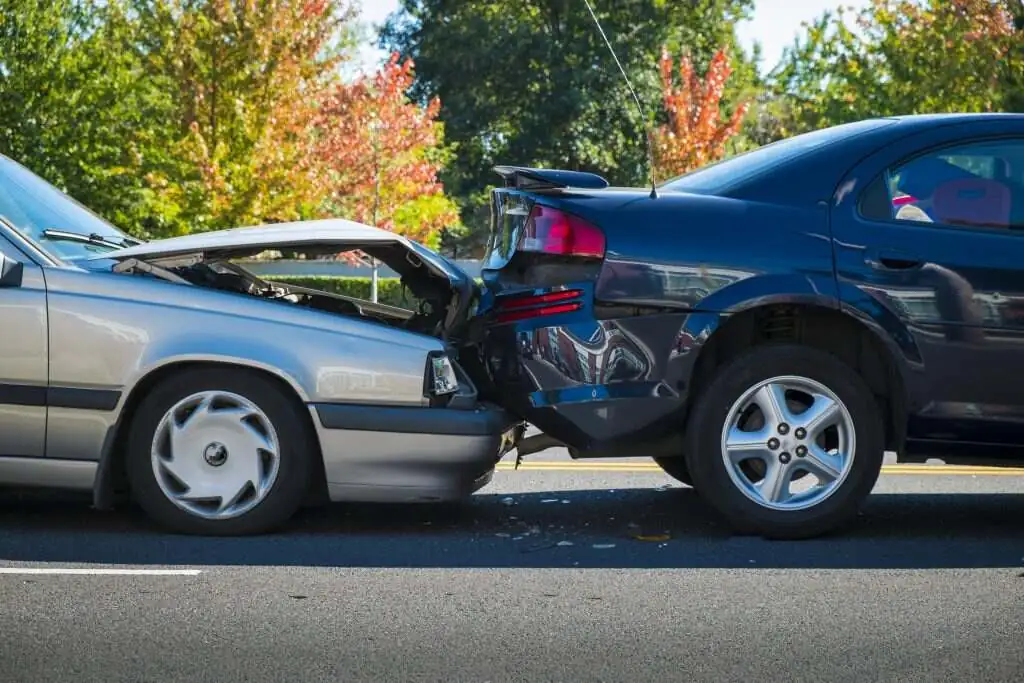M.D: Who should be held responsible for a rear-end collision in Texas? Read on to find the answers you seek.
Did you know that rear-end collisions are the most common type of traffic accident in the United States? A recent report from the National Highway Traffic Safety Administration revealed that 29% of all vehicle accidents resulting in severe injuries and fatalities every year are rear-ended collisions.
It’s a widely held belief that once you hit a driver from behind, you’re at-fault because of the basic traffic rules such as not following another vehicle too closely, avoiding driving recklessly, and paying attention to the traffic. Is this always the case? Can the driver in front be held responsible for a rear-end collision?
No-fault vs. fault states
Texas and other states where fault determines the party to be held liable for an auto accident usually implement a comparative negligence concept. That means responsibility for the traffic accident is apportioned between the parties involved, and the person filing a personal injury claim loses the portion of damages matching his portion of responsibility as long as it’s below a specific amount.
Some of the states that go by pure contributory negligence include North Carolina, Virginia, Washington D.C., Alabama, and Maryland. Pure contributory negligence means that if the victim bringing the personal injury claim shares responsibility for the accident, they get no recovery.
So, who’s responsible for a rear-end collision?
If you are involved in a rear-end collision in Texas, you are not automatically at fault for the accident. In fact, you should ignore the erroneous belief held by most drivers that if you hit someone from behind in Texas, you will be automatically held responsible for the wreck. A judge or jury has the right to apportion responsibility between the drivers involved in the rear-end collision.
If you ever get involved in a rear-end collision, consult with an experienced car accident lawyer because you may still be innocent, and the other driver fully responsible for the crash.
Negligence theory
Texas is a comparative negligence state. For you to win a judgment against the accused driver, you must acquire a jury finding that the other driver was negligent. That means he or she failed to act like any individual of reasonable prudence would have acted in the same circumstances.
Based on the evidence presented, the jury will determine whether or not the accused was negligent and, as a result, caused the vehicle accident. Unless you can prove that the accused was negligent and his or her actions were the direct cause of the rear-end collision, you cannot get the amount of compensation you seek.
Can the lead driver be at fault?
A judge can find the lead driver totally or partially at fault for causing a rear-end collision if the evidence presented shows that he or she did something that an ordinarily prudent driver wouldn’t have done. Some of these actions include cutting the other driver off or even hitting the brakes and coming to a sudden stop when it was absolutely not safe to do so. Remember, the jury must consider the actions of both drivers to determine who was responsible for the rear-end collision.
Unavoidable accident
You must have heard that some accidents are unavoidable. These events happen but aren’t caused by the negligence of any driver. For instance, a wild animal might cross a busy road and end up causing a traffic crash. If a passenger in the vehicle is injured and files a lawsuit against the driver, the accused can claim that this traffic crash was unavoidable. If this defense is accepted, the passenger will not be able to get compensated.
Contact Johnson Garcia LLP today to speak with an experienced Houston car accident attorney who will fight by your side.


